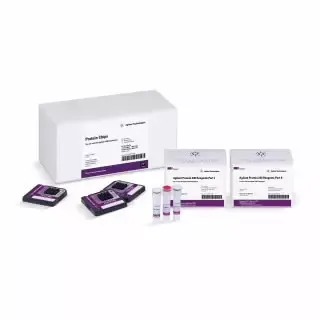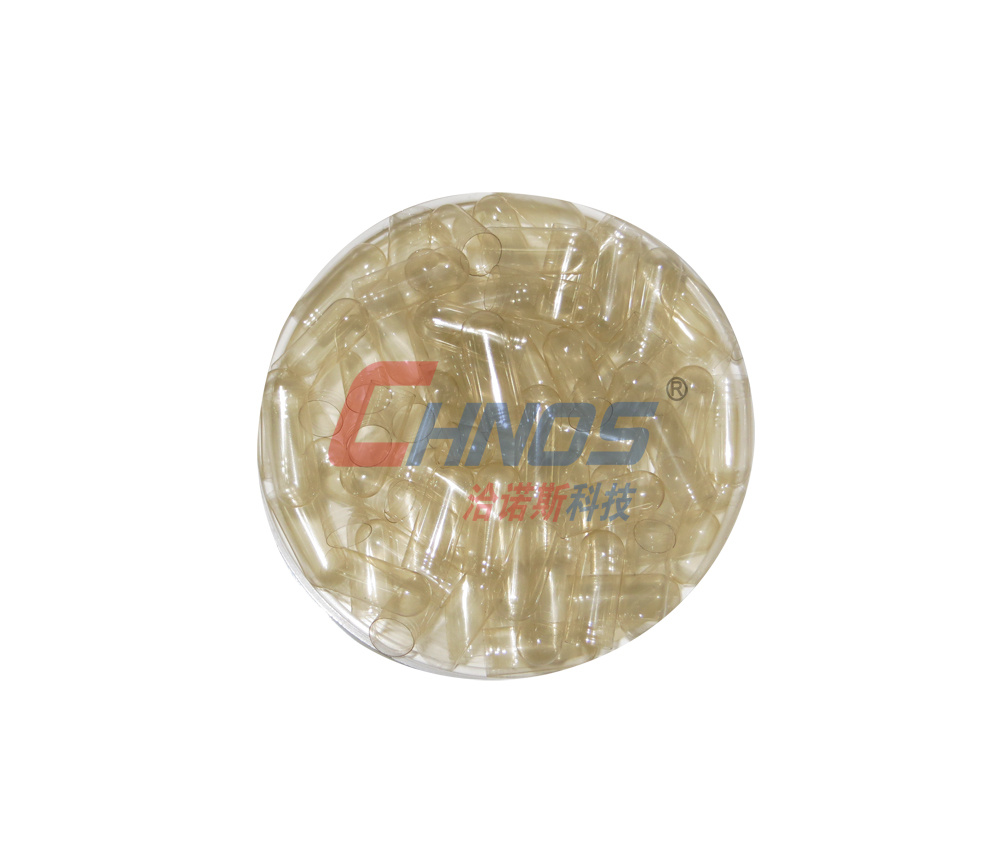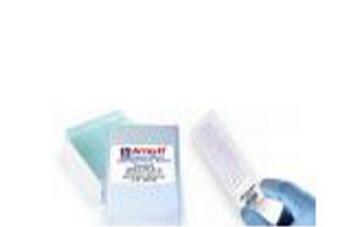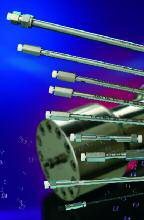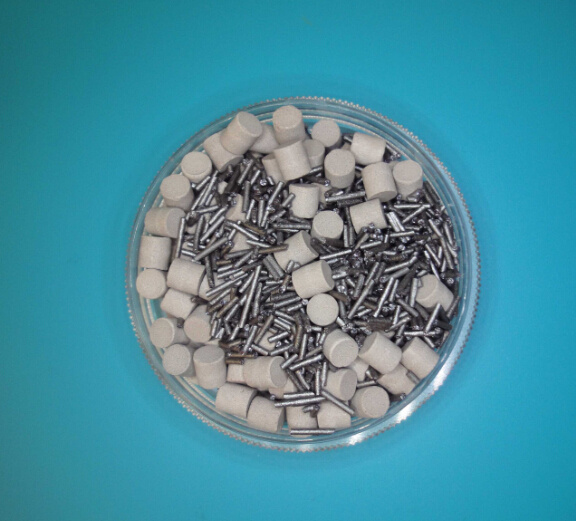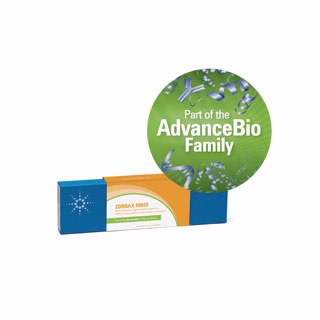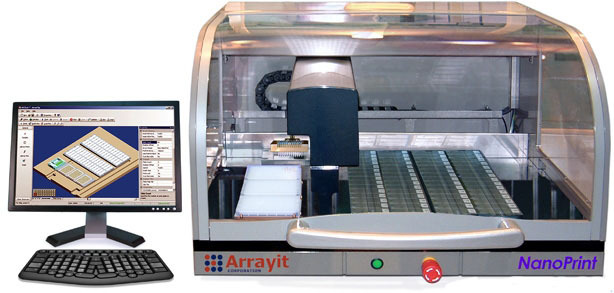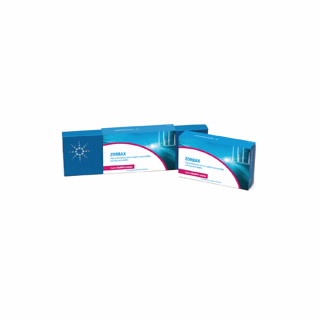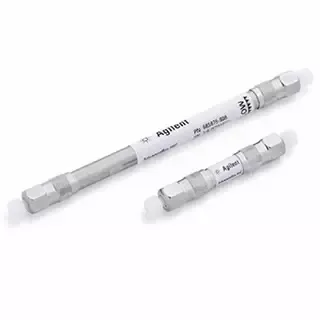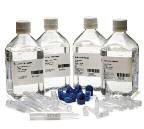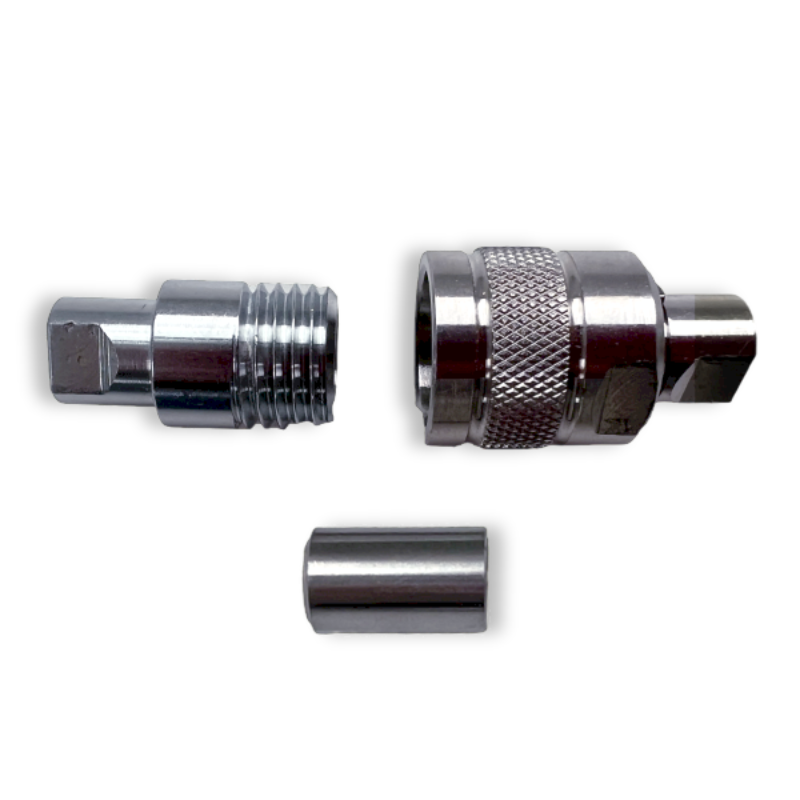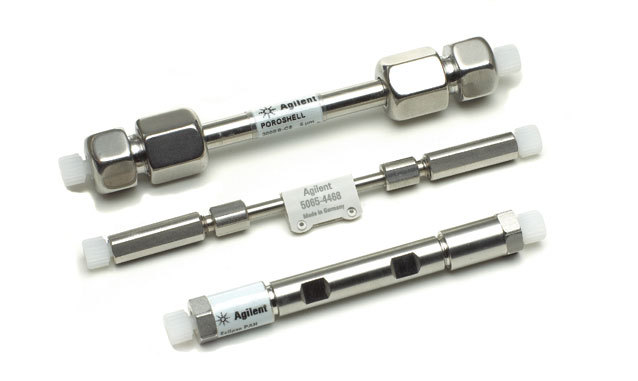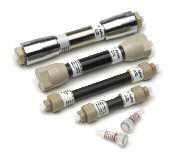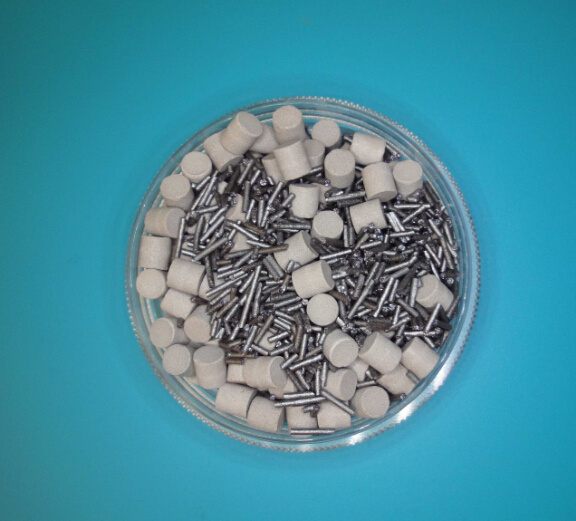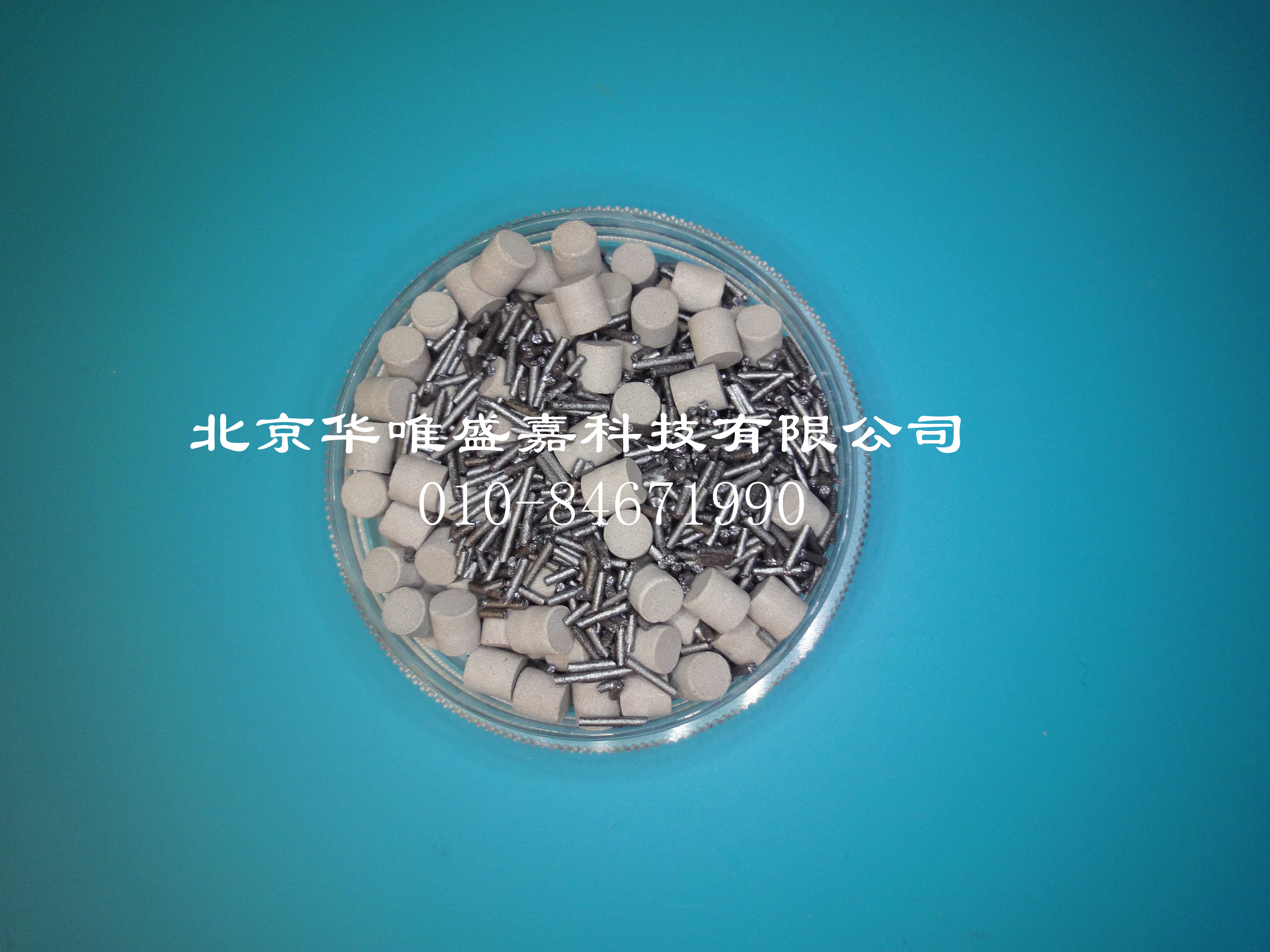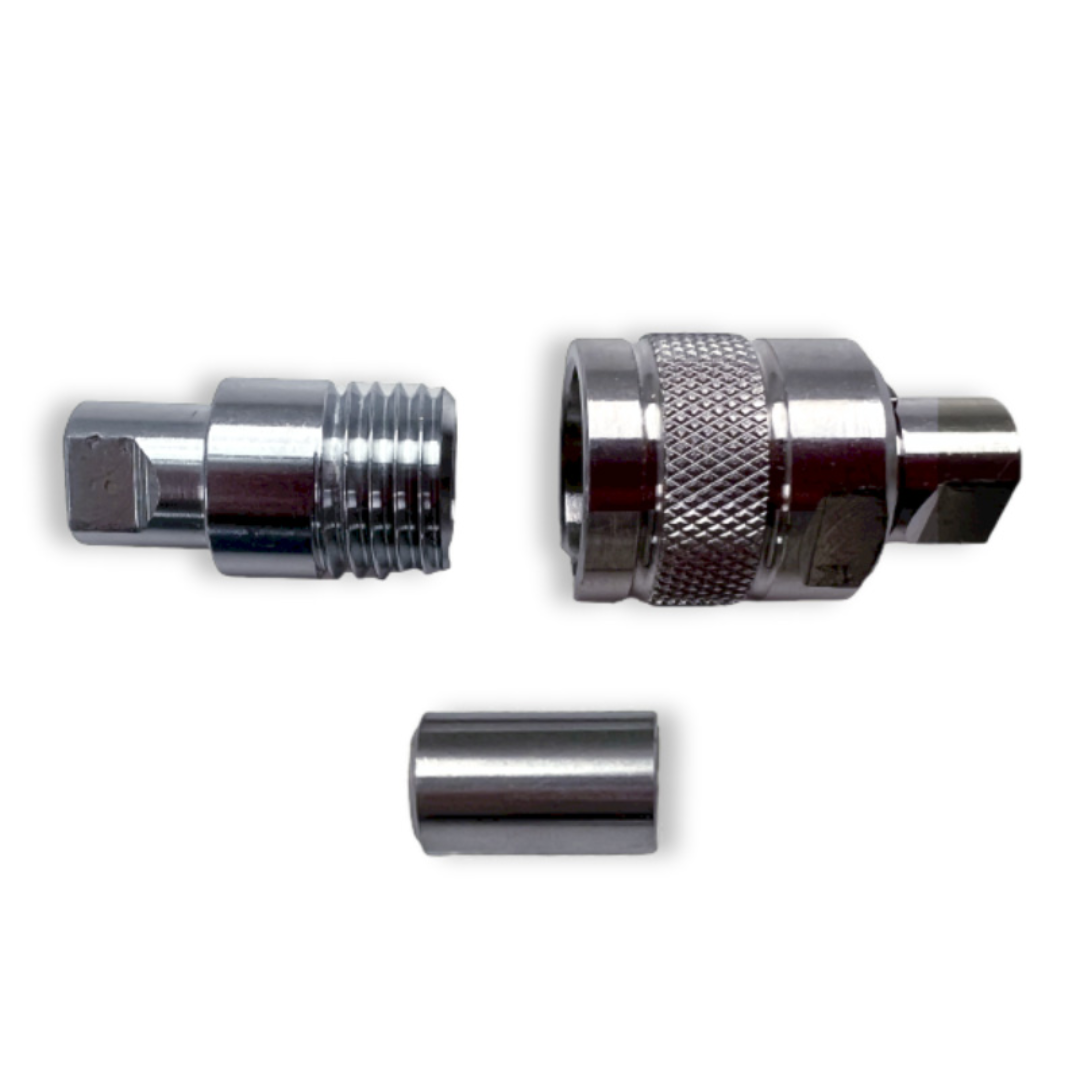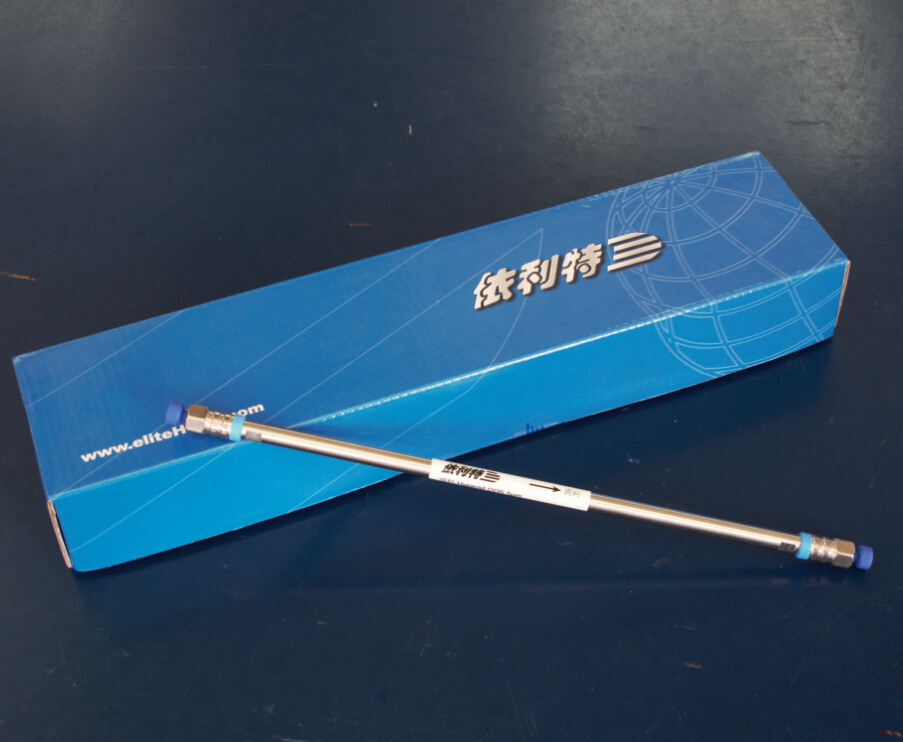蛋白质微阵列芯片制作打印机配件
蛋白质微阵列芯片制作打印机配件是全球领先的微阵列芯片制作仪器,是专业为蛋白质芯片或DNA芯片,基因芯片等微阵列芯片而设计的微阵列芯片制作打印机器,在全球各大实验室已经安装使用的设备超过500多台。nanoprint微阵列芯片制作打印机全自动化和可编程,采用了先进的线性伺服电机技术,在X,Y方向实现高达500nm的分辨率,在Z轴方向实现250nm分辨率,并具有纳米尺度的定位精度。nanoprint微阵列芯片制作打印机具有高精度湿度和温度控制系统,具有方便用户操作的软件,可以全面和高效地打印微阵列和用于分子生物学研究和诊断应用的各种芯片。微阵列芯片制作打印机具有除湿功能可供用户选择配备,除湿功能可让用户在潮湿环境下操作。微阵列芯片制作打印机可打印高达384个微孔的微孔板,最多可以打印60个标准玻璃芯片底片。也可以打印各种微孔板,1“X3”的芯片和其他任何微流体生物芯片。纳米打印机系统提供先进的微孔板,位于微孔板下的 Peltier将其进行冷却。微阵列芯片制作打印机兼容任何PIN生物材料:DNA,蛋白质,抗体,小分子,肽核酸(PNA),碳水化合物,以及许多其他样品。这些引脚基于由美国专利6101946保护 ArrayIt专有工程和表面化学的技术 这样的设计使打印高效,经过数百万的印刷周期依然耐用。 BioTray根据研究结果提供了3种主要的PIN材料。微阵列芯片制作打印机有两种型号:纳米打印机LM60有384个微孔,最多可以打印60个标准玻璃芯片底片;纳米打印机LM210有384个微孔,最多可以打印210个标准玻璃芯片底片。LM60和LM210对可以打印一种特殊的蛋白质种类。 General Specifications Dimensions (L x P x H, cm) LM60 (110 x 85 x 56 cm) LM120 (164 x 85 x 56 cm) Weight LM60 (150 Kg), LM120 (200 Kg) Positional resolution (X,Y-Axis) 500 nanometers Printing speed 48 spots per second or 192 Spots second according to the pins and printhead technology Printing technology Arrayit Pro, 946 or Stealth pins and printheads Number of pins Configurable 1 to 48 at 4.5 mm centers or 1 to 192 at 2.25mm Spot diameter 65 microns or larger to meet all applications Minimum spot spacing 50 microns Pre-printing User definable Wash/dry station Ultrasonic with 2 wash positions and a dry station Number of microplates Three standard 384-well sample microplates, customizable on the worktable Microplates to be printed into : - 15 96-wells microplates (LM60) - 45 96-wells microplates (LM120) Number of slides 60 glass slide substrates (LM60) 120 glass slide substrates (LM120) Microplate cooling Cool 1-3 microplates with a Peltier system, for protein microarray applications Environment control Fully enclosed, HEPA filtration and user-defined humidity control NanoPrint™ uses 3 linear drives for X, Y and Z axis positioning combined with a proprietary linear drive motion control technology for superior positional resolution and accuracy The X, Y - axis positional resolution is 500 nm. The high speed, high precision linear servo control system of the NanoPrint™ produces superior instrument performance that is essentially free of friction, noise and thermal emission. NanoPrint™ uses a Z-axis encoder reading at 250-nanometers resolution leading to a superior Z-Axis Resolution for Optimum Spot Morphology. NanoPrint™ offers highly precise resolution, repeatability and computer control over the speed and acceleration settings to ensure optimal printing onto any surface taking into account the biological samples to be printed. Optimal parameters are set at the factory but can be easily changed by the user for printing onto many different surfaces with different samples. The user gets a license to be allowed to use this patented technology. The figure above shows 3 Z-Axis moves to configure distance, speed and acceleration are the parameters to set : Z Profile: High speed Z Extend: Printing speed Z Retract: Quick returnFig.1Fig.2Fig.1: this picture shows three 348-wells microplates, the wash/dry module with sonicator (upper part of the picture) and the printhead and pins printing onto glass substrates (middle left). NanoPrint™ deck is configured in a module manner, allowing different worktables to be inserted and removed from the deck allowing users to easily switch between different printing applications such as glass substrates, microplates, and proprietary cassettes and cartridges or other types of substrates.Fig.2: NanoPrint™ is equipped with a Pin Cleaning Module that has a station providing pin washing, drying and sonication (downwards). The sonicator is filled and emptied during the print run in a completely automated manner.Systems sensors prevent splashing and overflowing for pin and deck safety. Drying is accomplished by vacuum using a quiet but powerful ACM-controlled (Accessory Module Control) function. The Pin Cleaning Module is rugged, durable and easy to maintain.Fig.3Fig.4Fig.3: Here the deck is configured with a capacity of three 384-well sample microplates printing onto 60 standard glass slide substrates using a printhead loaded with 48 pins. A 192-pin printhead can also be used instead of the 48-pin printhead.Fig.4: The screenshot shows a worktable allowing printing into 15 microplates (96-well) for the NanoPrint™ LM60. On the left part, three 348-well sample microplates with the pin cleaning module (wash/dry station with sonicator) can be seen.Fig.5Fig.6Fig.5: The ACM (Accessory Control Module) unit provides computer control for the wash/dry, humidity, and ultrasonication stations on the deck of the NanoPrint™ . Accurate sensing of the humidity inside the chamber assures that proper humidity levels are achieved andmaintained during the entire duration of each print run. Humidity is maintained in a user-specified manner of ±1%. HEPA filtration protect the deck from dust to assure the necessary printing quality. Printing onto the worktables and control of the Pin Cleaning Module and the humidity are easily specified in software using the Microarray Manager.Fig.6: Easy connectivity (pump, tubing and connectors) between the ACM and the robot provides proper humidity and tigthness levels.Fig.7: Humidity SensingFig.8: Peltier systemFig.7: A RH sensor monitors the humidity inside the chamber with high accuracy.Together with the ACM, it assures that proper humidity levels are achieved and maintained during the entire duration of each print run. The humidification and dehumidification systems are triggered by the RH sensor that automatically maintain the levels set by the user.Fig.8: NanoPrint™ systems offer sophisticated sample microplates cooling via Peltier s an affordable and highly recommended option in order to minimize sample evaporation during printing. Microplate cooling is highly recommended for protein microarray applications to minimize protein denaturation andmicrobial growth in recombinant protein samples. The Peltier module fits directly beneath the 348-well sample microplate for highly efficient cooling while maintaining a low deck profile.
